Smart ships are coming
Autonomous vehicles don't start and end with cars. Our seas and waterways are set to be revolutionised, too
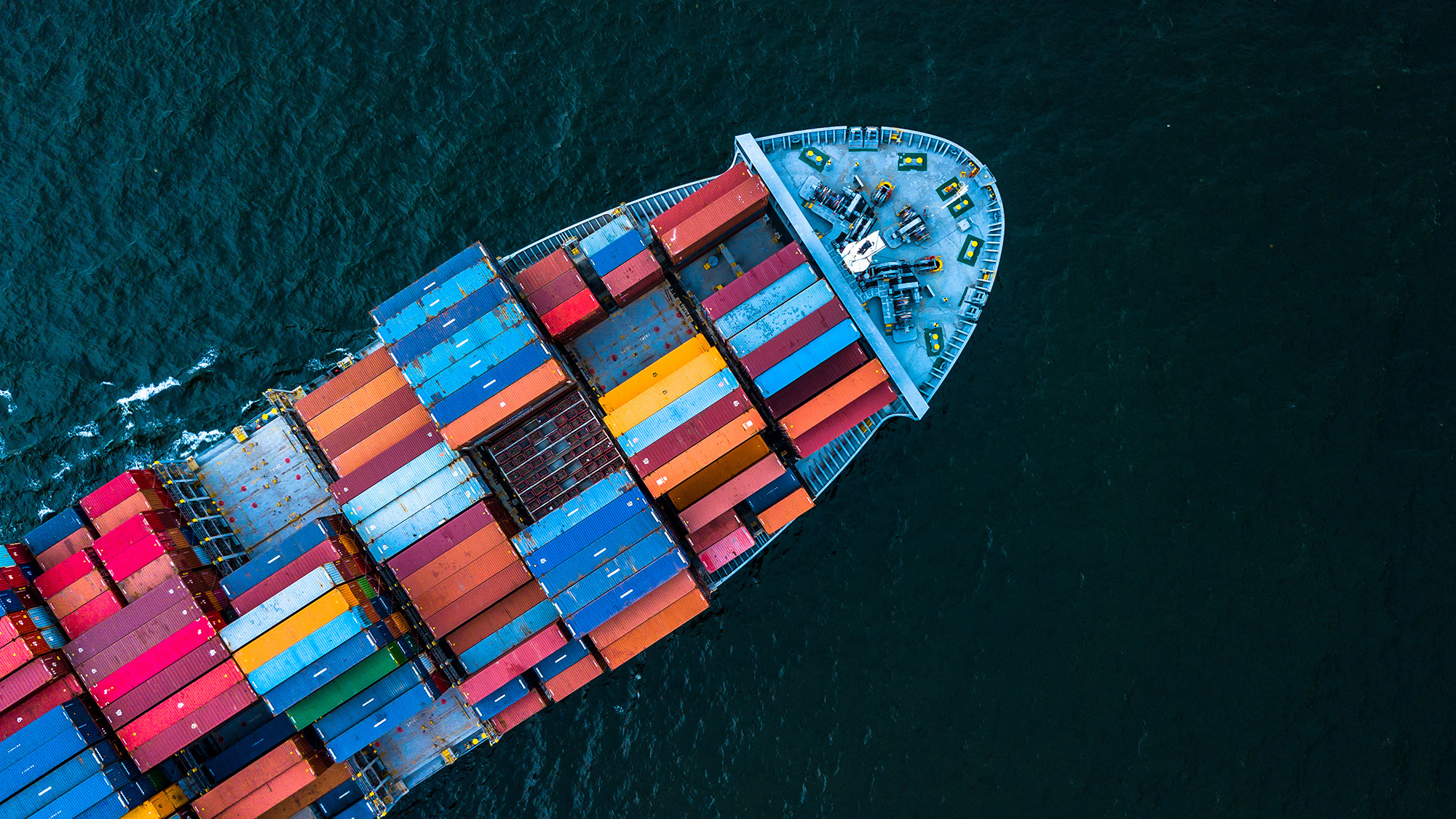
Worldwide, the maritime sector is adopting automation and sensor technology to cut costs, reduce emissions and improve productivity. Verified Market Research reports that the Global Autonomous Ships Market was valued at $6.39 billion in 2020 and is projected to reach $10.02 billion by 2027 by which time, pioneering ocean-going ships could have 'virtual captains'. Smart ship technology is defined as the partial or total autonomous operation of inland vessels, such as barges, coastal vessels including ferries and ocean-going vessels including container ships, cruise liners, oil tankers and even naval vessels such as Britain's super carriers HMS Queen Elizabeth and HMS Prince of Wales.
RELATED RESOURCE
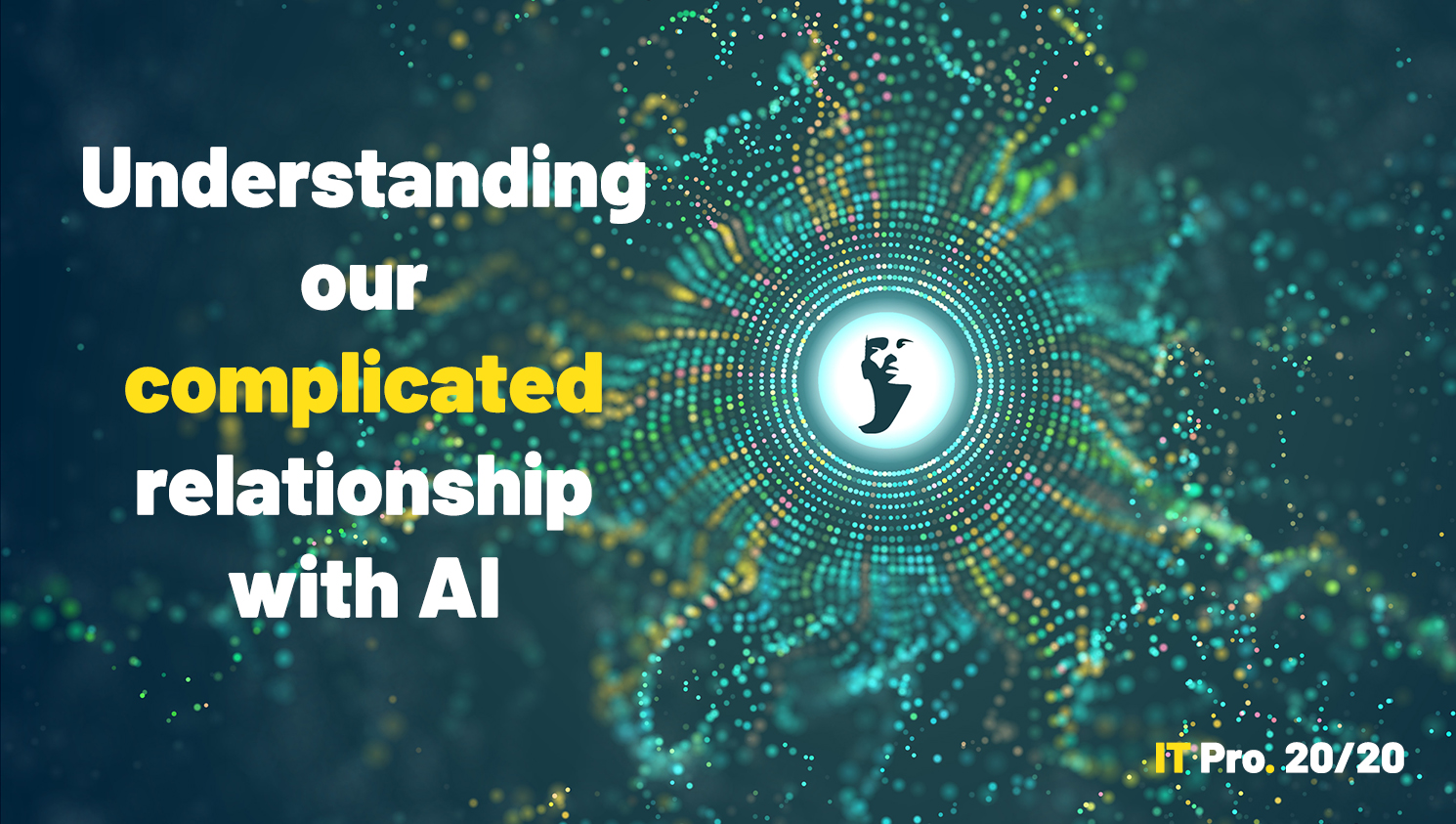
IT Pro 20/20: Understanding our complicated relationship with AI
The 16th issue of IT Pro 20/20 looks at the very human problems associated with artificial intelligence
Smart ships will be equipped with a range of automation, sensor, and artificial intelligence (AI) technologies, supported remotely by sensor data collected from ports and inland waterways, connected to the maritime internet of things (MIOT) networks. This will allow a vessel to manoeuvre autonomously or prompt the crew to act. In a few years, thanks to MIOT, vessels could operate autonomously without crews for much of their voyage, perhaps relying on just a skeleton crew for when the ship enters or leaves harbour. In fact, this future is almost here in Europe, where a smart cargo carrier delivers fish feed along the west coast of Norway and a smart inland cargo barge operates in Flanders, in north Belgium. Both vessels are operated by the technologies being trialled in self-driving cars.
What are the incentives?
Shipping companies DFDS, Grimaldi and Maersk, amongst others, are adopting smart ship technologies for essentially environmental and economic reasons. "These include the need by the industry to cut carbon emissions as set out in the Paris Accords, an ongoing tightening of environmental regulations by such [entities] as the European Union and the International Maritime Organisation, and our goal of being climate neutral by 2050 " explains Mads Bentzen Billesø, innovation lead at, DFDS. He also cites " the need to improve safety and productivity" as another reason for the industry's growing adoption of smart technologies.
Smart ships technology is now available for four key functions: navigation, guidance, the physical ship, and control.
The ship's electronic navigation computers continuously receive and combine data from a network of sensors, including radar and sonar, which are processed and analysed by situation awareness software, to create an image of the actual world. However, experience suggests that it remains vital for ship's officers to keep a look-out.
The ship's guidance computers use the images generated and assessed by the navigation computers to plot the vessel's course. The guidance computers must consider several issues including nearby obstacles such as rocks, sea currents, actual and predicted weather conditions along the route, as well as the status of other vessels in the area.
On board, internet of things technology helps support the software-based decision-making system using a sensor net to collect the data needed to monitor the condition of the ship and its hardware. This combination of smart technology aids is designed for "not only monitoring but managing more effectively to cut fuel consumption and resultant carbon emissions" explains Bentzen Billesø.
Get the ITPro daily newsletter
Sign up today and you will receive a free copy of our Future Focus 2025 report - the leading guidance on AI, cybersecurity and other IT challenges as per 700+ senior executives
At the same time, the vessel's control systems mean that a ship can be steered using autonomous control systems. The control system computer processes the data provided by the path generation software, converting it into commands for the various hardware positioning systems on the ship.
Not all plain sailing
Improved productivity, operating cost reductions, greater safety and reductions in human errors are the chief benefits of smart ship technologies. Specialised software and automation technology including voyage and ship data analytics, fuel optimisation, machinery reliability, health and condition monitoring, and smart alerts and reports all contribute to smooth running and reduce vessels' downtime. Technical advances permit significant reductions in crew numbers, yielding space for more cargo. Meanwhile, automation reduces the need for crews to work in dangerous situations and environments, including rough weather and areas where there's a heightened risk of piracy. Machine learning also enhances the ability of navigation computers to plot a more cost-effective route, thereby cutting fuel costs.
Despite all this, the adoption and installation of smart ship technologies also pose a variety of operational challenges ranging from recruiting new IT specialists who are happy to spend their time at sea, to commonplace difficulties in integrating any new technology into existing IT systems. This new hardware and software also needs to be protected from hacking attacks ranging from disruption to systems to ransom demands by sophisticated cyber security systems and specialist personnel.
Integrating these new technologies with existing equipment involves multiple stakeholders. In the maritime sector, this involves IT compatibility issues on board the vessel itself, at the dockside, as well as ship-to-shore situations.
"Fortunately for companies like DFDS, on regular routes such integration is less of a challenge as both expertise and experience is learnt and shared between all partners involved in the logistics and value chains" notes Bentzen Billesø. Nonetheless, crews will need to receive additional training in technical skills to operate the vessel.
Cyber security is as much a concern for the shipping industry as any other, and companies like CMA CGM, Maersk, and Mediterranean Shipping Company have all been attacked by cyber pirates. The Wall Street Journal reports that hacking has cost companies nearly $1.3 billion in recent years. Ransomware, USB malware and worms on container booking systems and vessel IT systems are the most likely disruptors, but ships in the Black Sea have been affected by GPS spoofing. This is where the ship's GPS system is misled by criminal gangs onshore into providing an incorrect location for the vessel. George Patterson, cyber security expert at IT recruitment firm Arrowforth, says this isn't just a technical challenge, it's a business challenge too. "The key lesson the maritime sector has to learn is to develop a cyber security culture," he says.
The arrival of smart ship technologies in the coming years is an exciting development for owners and ship's operators of both short and long-distance routes. However, as with any new technology, it's important to have a clear view of what additional investments will need to be made and new challenges that could be thrown up, irrespective of what the hype says.
-
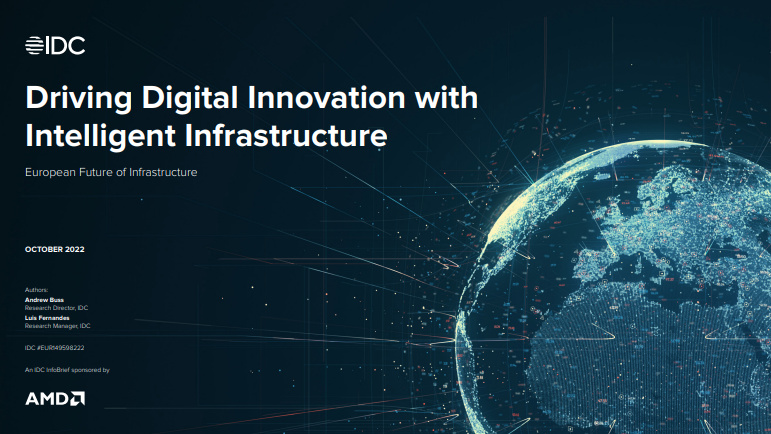 Driving digital innovation with intelligent infrastructure
Driving digital innovation with intelligent infrastructurewhitepaper Strong infrastructure investment is driving digital in all industries
By ITPro
-
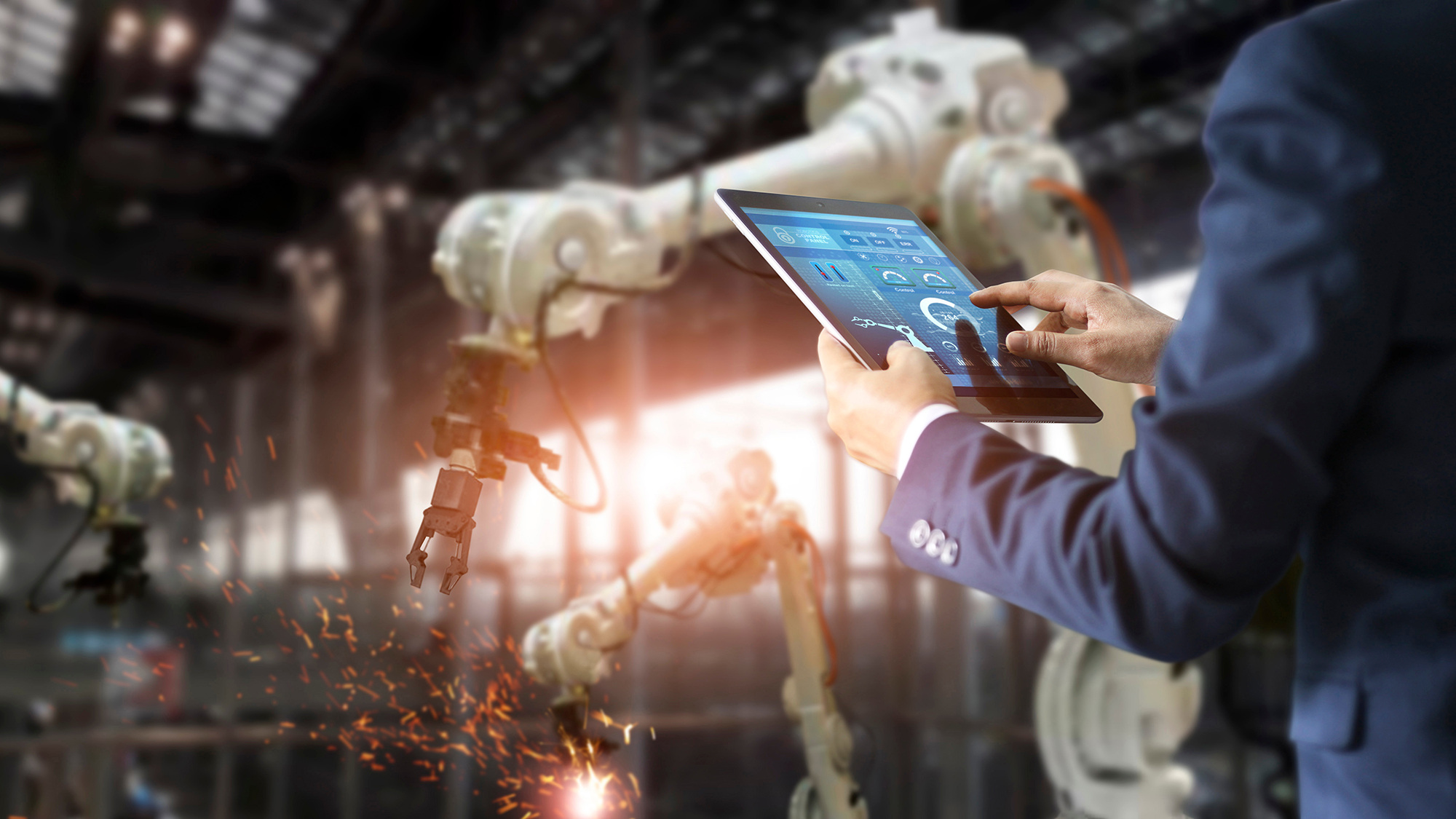 Nokia and Kyndryl extend partnership to develop private LTE, 5G for industry 4.0
Nokia and Kyndryl extend partnership to develop private LTE, 5G for industry 4.0News The expanded collaboration will see private networks enable efficiency and security improvements across the sector
By Rory Bathgate
-
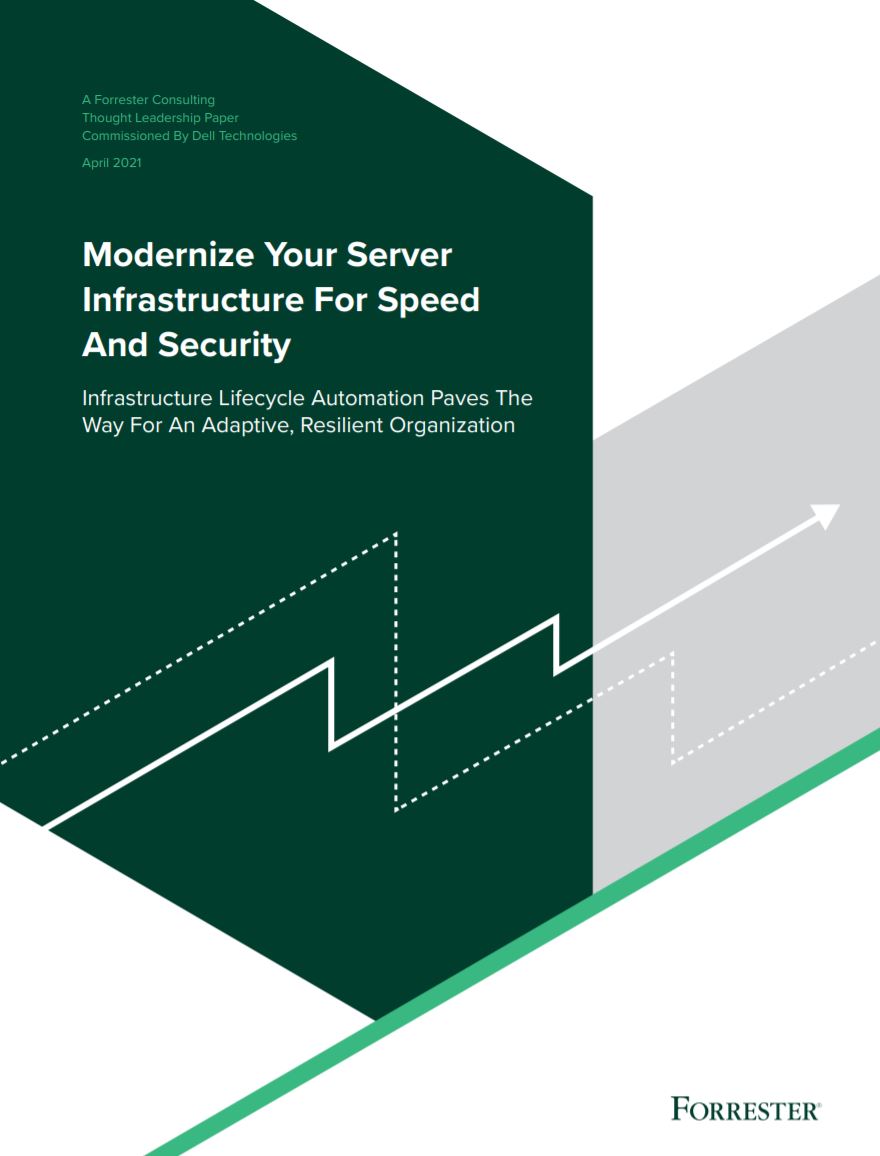 Modernise your server infrastructure for speed and security
Modernise your server infrastructure for speed and securityWhitepaper Infrastructure lifecycle automation paves the way for an adaptive, resilient organisation
By ITPro
-
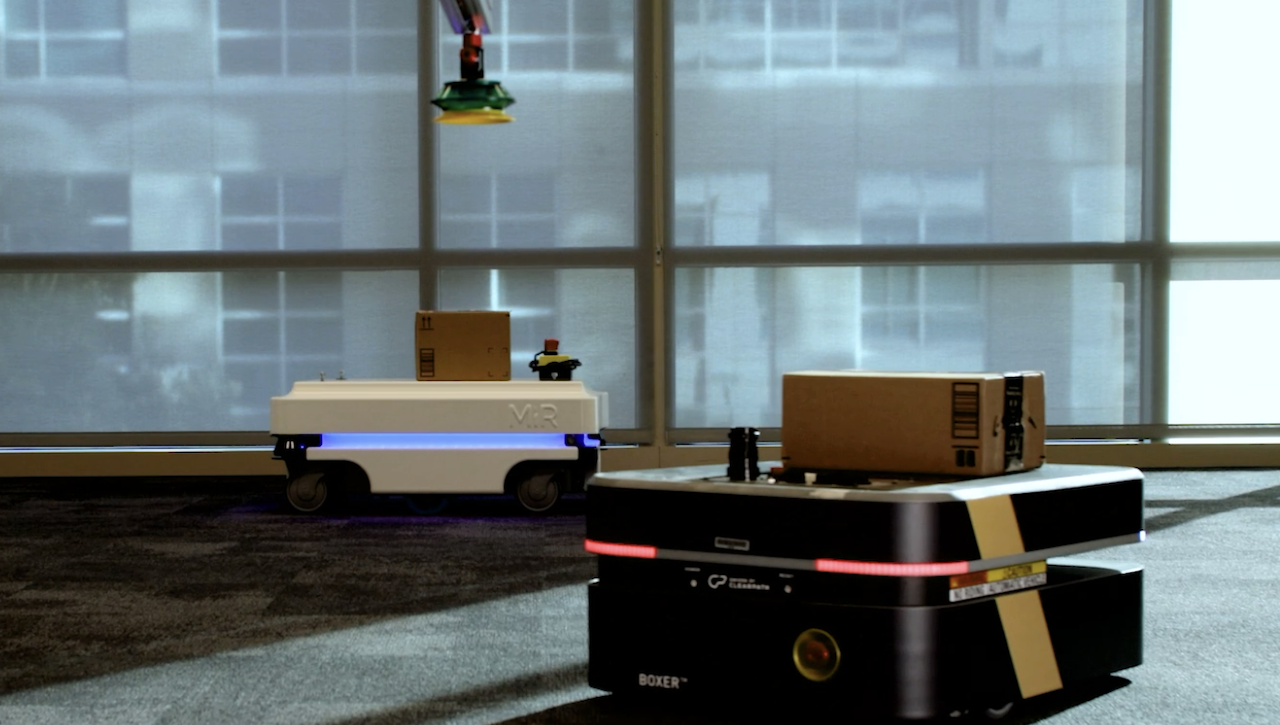 AWS kickstarts Re:Invent 2021 with launch of RoboRunner IoT platform
AWS kickstarts Re:Invent 2021 with launch of RoboRunner IoT platformNews The cloud giant expands its robotic fleet management capabilities with holistic IoT platform
By Bobby Hellard
-
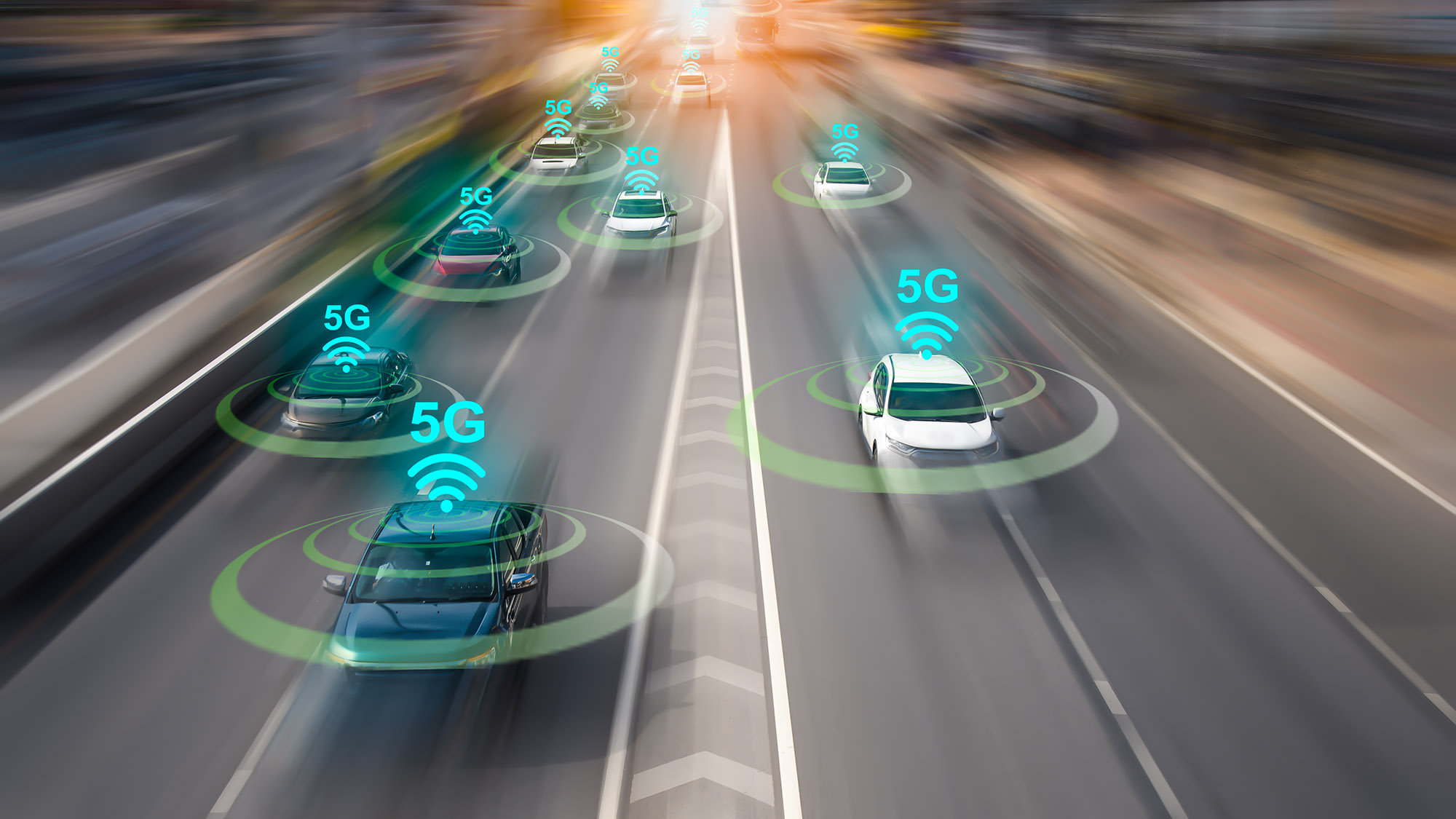 Will 5G transform the connected car market?
Will 5G transform the connected car market?In-depth 5G presents new revenue opportunities for much of the automotive ecosystem, but there’s mixed opinion on when it will start influencing the connected car market
By Lindsay James
-
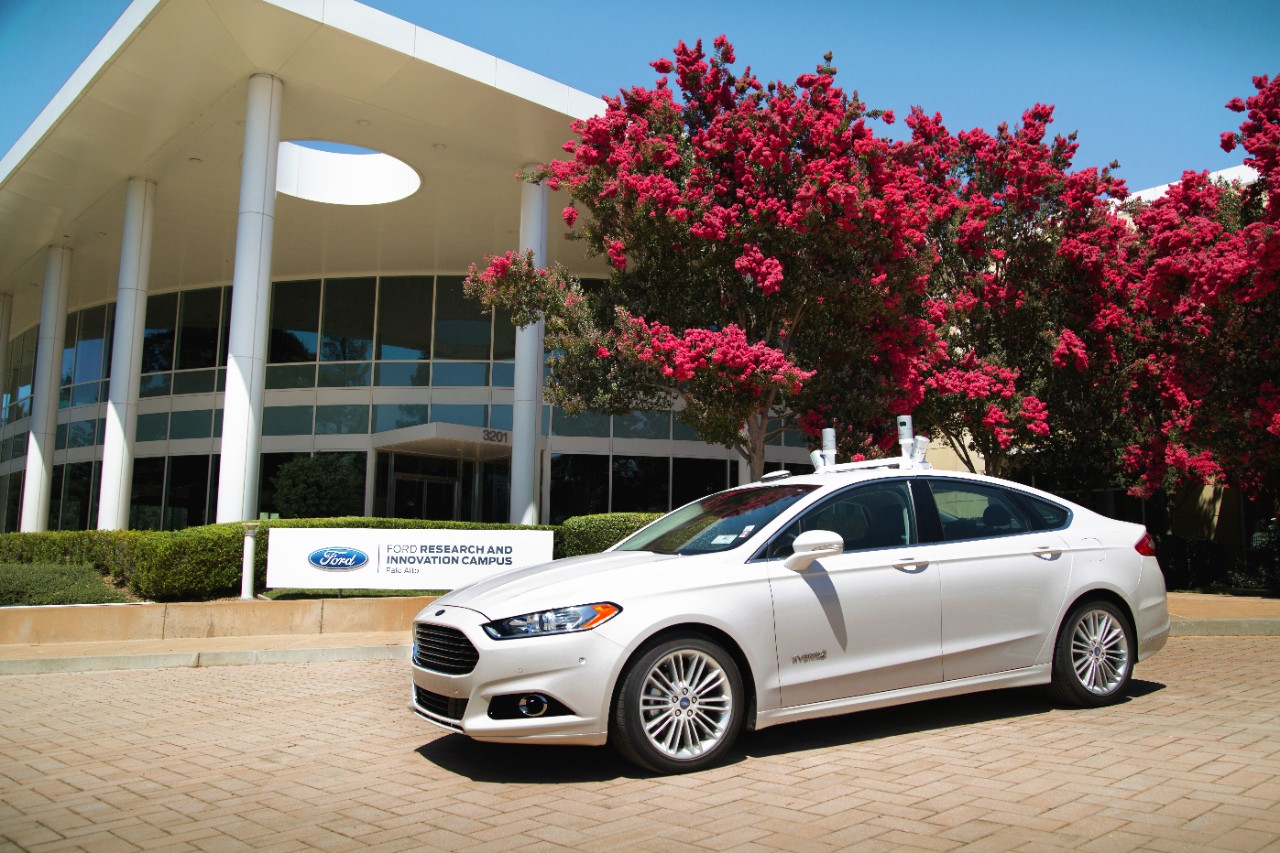 Ford and Toyota release open source tools for in-car apps
Ford and Toyota release open source tools for in-car appsNews Carmakers turn to the open source community to "significantly increase consumer choice"
By Dale Walker
-
 Autumn Statement: Hammond wants to turn startups into scale-ups
Autumn Statement: Hammond wants to turn startups into scale-upsIn-depth Chancellor announces 5G funding and cash for driverless cars
By Joe Curtis
-
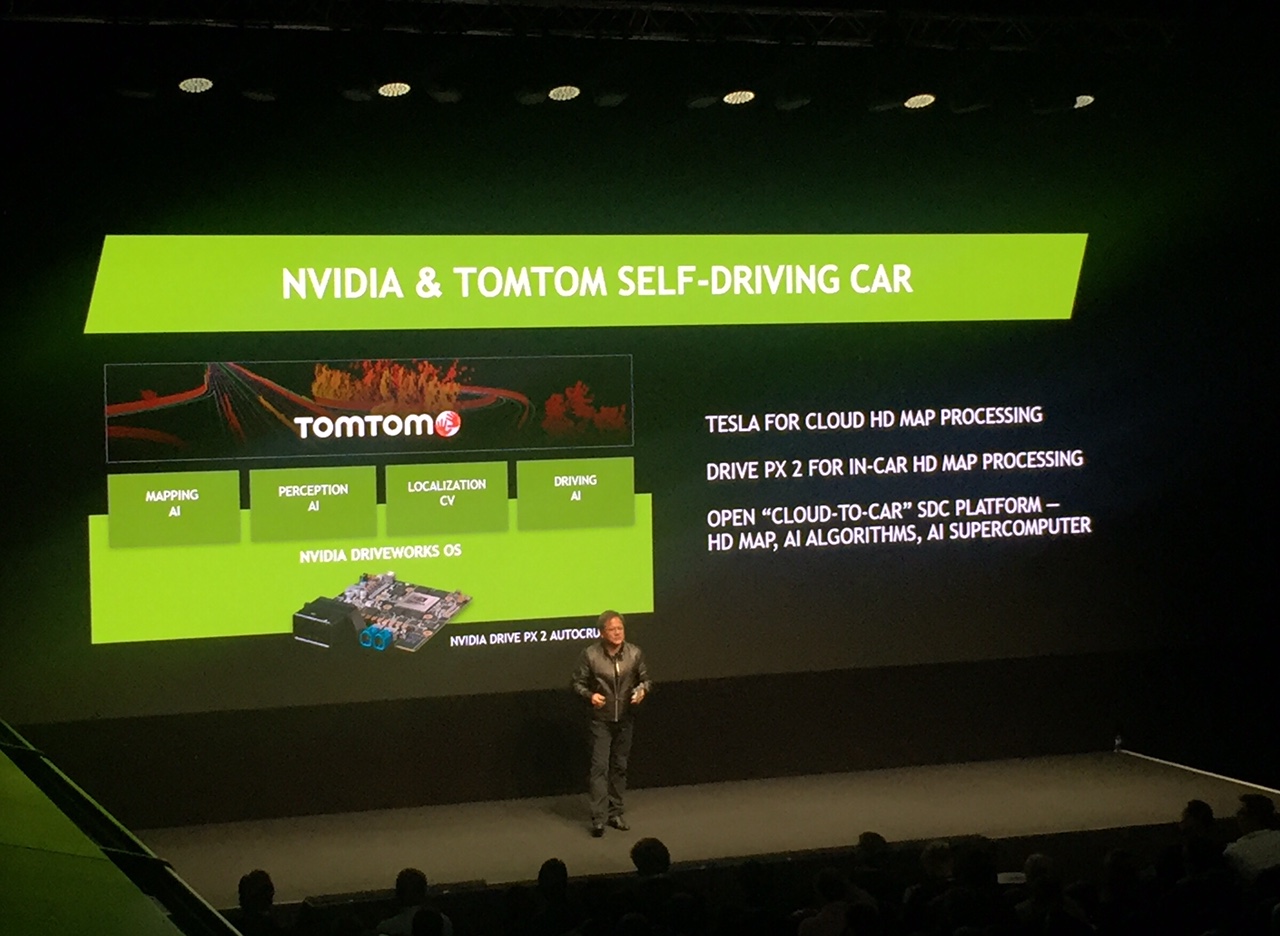 Nvidia teams up with TomTom to develop cloud-to-car mapping system for self-driving cars
Nvidia teams up with TomTom to develop cloud-to-car mapping system for self-driving carsNews The deal will combine TomTom’s HD map coverage with Nvidia’s Drive PX2 computing platform
By Lee Bell

